Magazine
How Much Hair Loss Is Normal? What You Need To Know

We’ve all been concerned about hair loss at one point or another in our lives. The simple fact is: everybody sheds some hair every day. Most people have around 100,000 strands of hair on their head, and it’s completely normal to lose around 50 to 100 strands of those a day.
This loss is usually the most obvious when you brush your hair or when you shower. But how do you know the line between regular, healthy hair loss and an unusual amount of shedding?
Hair loss affects most people at some point in life. Some hair loss can appear rather rapidly, such as a bald spot that shows up after only a day or two or your hair coming out in clumps while you comb it. While we are generally concerned with hair loss on the head, it can also happen in your eyebrows, eyelashes, body hair, or beard.
Here are some ways in which you might notice hair loss:
- You develop bald spots or patches that get larger.
- The line where you part your hair grows wider.
- Your hairline increasingly recedes along with gradual thinning.
- The thickness of your hair visibly reduces.
- You notice excessive shedding (this can happen during pregnancy and menopause).
- You are losing clumps of hair.
- When you run your fingers through your hair, several hair strands come out.
Generally, as you lose hair, your body is also constantly generating new hair growth. Hair loss only becomes noticeable once the amount of hair you lose outweighs new hair growth. While a large amount of hair loss can be concerning, getting to the bottom of why it’s happening is your first step towards healthy hair growth.
The Basics of Hair Growth and Loss
The Make Up of Hair
Your hair generally grows at a rate of around 1cm a month. A strand of hair consists of three layers––the medulla, cortex, and cuticle––the main building block of which is a protein called keratin. You may know that keratin also makes up skin and nails.
Types of Hair
There are two general hair types that everybody has in different areas of the head and body.
- Terminal Hair––this type of hair is strong, dark, long, and thick.
- Vellus Hair––this type of hair is fine, light, and generally short; most babies have vellus hair, and much of our body hair is also this type.
Some hair loss occurs when terminal hair turns into vellus hair––ie. It becomes thinner.
The Hair Growth Cycle
Before we get into the types of hair loss and what causes them, it’s helpful to understand how hair grows in the first place. After all, growing and shedding hair is all part of a natural cycle in hair health.
The cycle of hair growth consists of growth, rest, and shedding; once hair is shed from its follicle, the whole cycle begins again. These stages of a hair’s life are called:
- The Anagen Phase––during the anagen phase, hair actively grows out of the hair follicle. This process can last for several years. Most hair is in this phase; the longer your hair is in the anagen phase, the more it grows.
- The Catagen Phase–-during the catagen phase (transition phase), the follicle shrinks, the strand of hair begins to separate from the follicle, and stops growing; this phase can last up to two weeks. Only around one to three percent of your hair is in this phase at any given time.
- The Telogen Phase––the telogen phase is the hair’s resting phase. It can go on for a few months, after which the strand falls out. Up to 10 percent of the hair on a regular scalp is in the telogen phase.
Now that we understand the phases of hair growth, it’s easier to understand the most common types of hair loss: anagen hair loss––most closely associated with thinning––and telogen hair loss––most closely associated with shedding.
Anagen Hair Loss
The decreased growth of hair is called anagen hair loss; it happens when the anagen phase is cut short or regeneration doesn’t occur quickly enough after the telogen phase, resulting in a thinned hair appearance. This hair loss usually comes from an autoimmune disease, certain medications, chemotherapy, or inherited conditions.
You may also see short, broken hairs or empty follicles occurring. If it results from medical treatment, this hair will often grow back on its own.
Telogen Hair Loss
The increased shedding of hair is called telogen hair loss, also known as telogen effluvium. Follicles enter the telogen phase but do not restart the anagen phase; therefore, more hair is shed than is regrown. This kind of hair loss results in around 300 to 500 shed strands a day.
This hair loss frequently occurs from major medical events, body changes, and vitamin or mineral deficiency. Because hair is shed quicker, it tends to stay shorter; thinning also shows up around the hairline. Telogen hair loss generally starts around two to six months after a triggering event and can often grow back after about six months.
Hair Loss Causes
Genetics
Sometimes genetics play a huge factor in the growth and health of your hair; hereditary hair loss is common. Hereditary hair loss in men is called male pattern hair loss and usually occurs later in life.
With this type of hair loss, your hair follicles shrink over time, making it difficult for new hair to emerge. The first marks of this are generally a receding hairline or growing bald spots. Around 50 percent of people experience pattern hair loss––or pattern alopecia––by the age of 50.
Stress or Trauma
Stress or grief can also be a common cause of hair loss or excessive shedding. If you’ve just gone through a major life change, an illness, surgery, or loss, this can cause hair loss. The hair lost during these high-stress periods can often regrow in a couple of months, and there are ways that you can promote this process. Reducing stress is an important factor in getting back your head of hair. Hair that is lost because of major events or stress, cancer treatments or surgeries, weight loss, or certain conditions is likely to return once you have those triggers under control.
Being Rough on Hair
Some hairstyling methods can also be responsible for shedding. Bleaching, perming, or hair relaxing methods can damage your hair; pulling or tying hair back can also result in a receding hairline.
Try to avoid these excessive habits as you can end up permanently damaging your hair follicle, making it difficult for new hair to emerge there. If you swim frequently, consider wearing a swimming cap to minimize chlorine damage. Massage your hair occasionally and use nutrient-rich products.
Health Conditions and Infections
Certain hair conditions, like scalp infections, can lead to parts of your scalp becoming inflamed and even scaly. It’s important to see a doctor and have these infections treated to regrow that hair and prevent permanent damage to the hair follicle. Many conditions can lead to hair loss; here are just a few common ones:
- Scalp psoriasis can happen among people with plaque psoriasis. This condition can lead to you losing some hair; treating psoriasis and clearing the issue can allow hair regrowth over time.
- Thyroid conditions may be at fault for sudden hair loss.
- Ringworm of the scalp can cause hair loss when left untreated.
- Some people even have a stress condition called trichotillomania, in which they pull on their hair, damaging the follicles.
- Male-Pattern Baldness (Androgenetic alopecia)
- Other factors like hormonal imbalance, hormonal changes, having a high fever from an illness.
Alopecia Areata
Alopecia Areata is an immune condition that causes your body to attack your hair follicles. This can result in sudden and excessive hair loss that usually happens in patches and can extend to other parts of the body. Although it is not harmful, if you suspect you have this condition, talk to your doctor or dermatologist to discuss treatments and medications.
Some Medications
Medication can also be the cause of hair loss. Many medications have hair shedding as a side effect. This is something you should ask your doctor about and discuss, keeping in mind that there’s a good chance your hair will grow back over time.
Poor Nutrition
A lack of nutrition may end up being your hair loss culprit. Biotin, iron, protein, and zinc are important building blocks in hair growth. If you are deficient in one or more of these, you can notice thinning of your hair.
Make sure you get enough nutrients to make up for this; if you are unsure, talk to your doctor about taking nutrient or mineral supplements. Also, be sure to consume enough protein to prevent hair growth from being stunted. It’s also important to stay hydrated, not just to lend moisture to your hair but for your overall health. You can find hair healthy nutrients and ingredients in some shampoos as well.
How To Determine the Cause of Your Hair Loss
How can you get to the bottom of what is causing your hair loss? Well, the simplest solution is to go to your doctor or dermatologist and have them give you a check-up.
Make sure to tell them things that you’ve noticed and ask them any questions you might have. Look at the patterns of hair loss and see if anything is triggering it. You can even request a blood test at your doctor’s visit to see if you are deficient in any nutrients or have a hormone imbalance.
If your hair loss is accompanied by burning, itching, stinging, scaliness, or other unusual symptoms, it’s best to see a doctor to evaluate the cause.
Once you’ve identified the cause, you can get started on finding a solution that works for you. Particle’s Hair Revival Kit contains a Hair & Scalp Cream alongside a Scalp Massager that can help you restore your thick and healthy hair. When these products are used in conjunction, they can help stimulate circulation and hair growth.
The Takeaway
When it comes to hair loss, keep in mind––it’s all natural. A bit of shedding now and then isn’t much to worry about. If you think your hair loss is due to an underlying condition, make sure to talk to your doctor. However, in most cases, self-care and avoiding bad habits can help prevent hair loss and restore a head of thick, healthy hair.
Sources:
Hair Loss, Balding, Hair Shedding, Alopecia | DermNet NZ
Hair Loss in Women: When Should You Worry? | Health Essentials | Cleveland Clinic
Hair Loss | Overview | American Academy of Dermatology Association
Hair Loss | Who Gets It and Causes | American Academy of Dermatology Association
Types of Hair Loss | NYU Langone Health
Why Is My Hair Falling Out? | Penn Medicine | Chester County Hospital
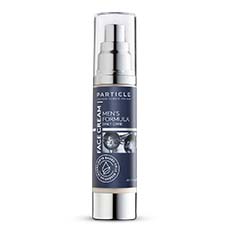
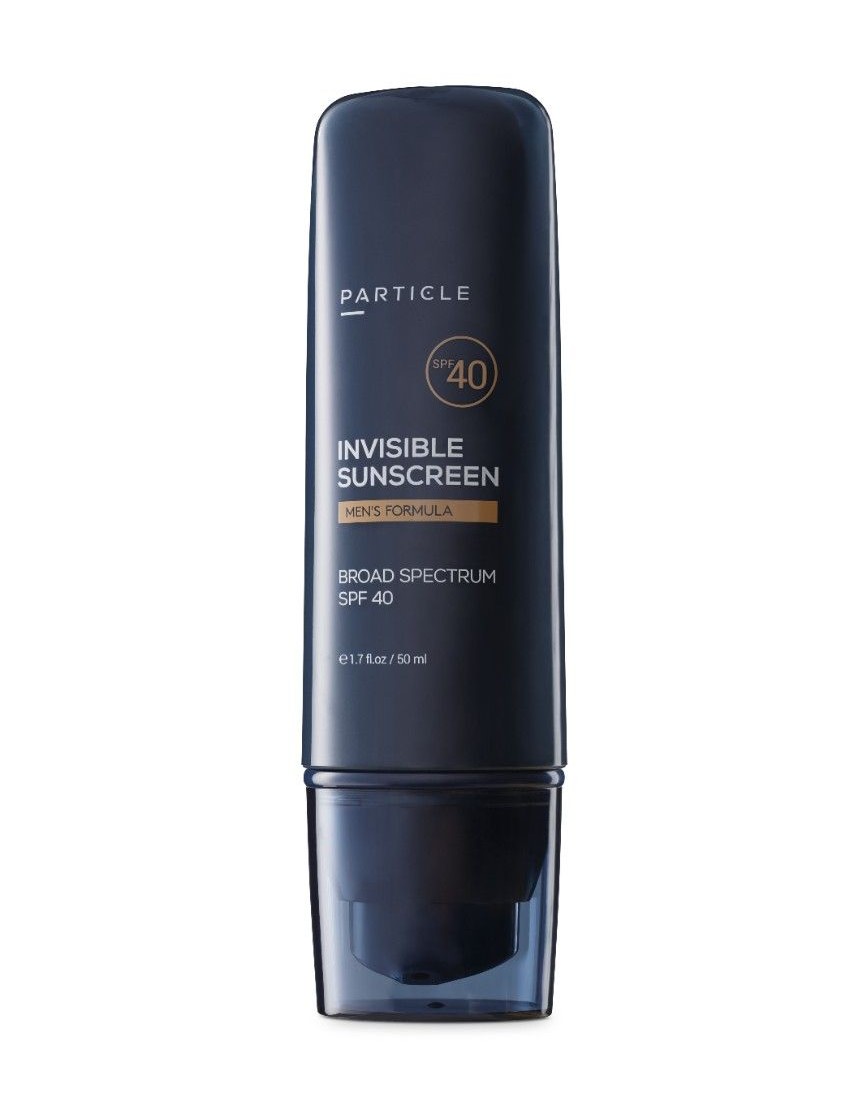

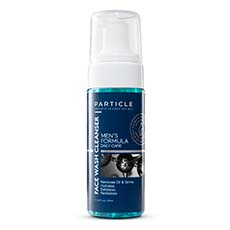

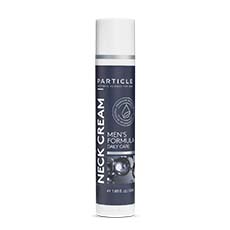
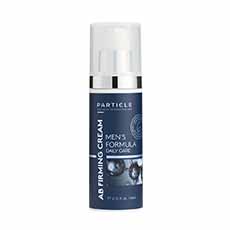
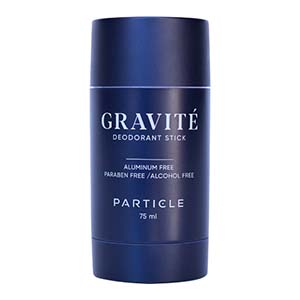

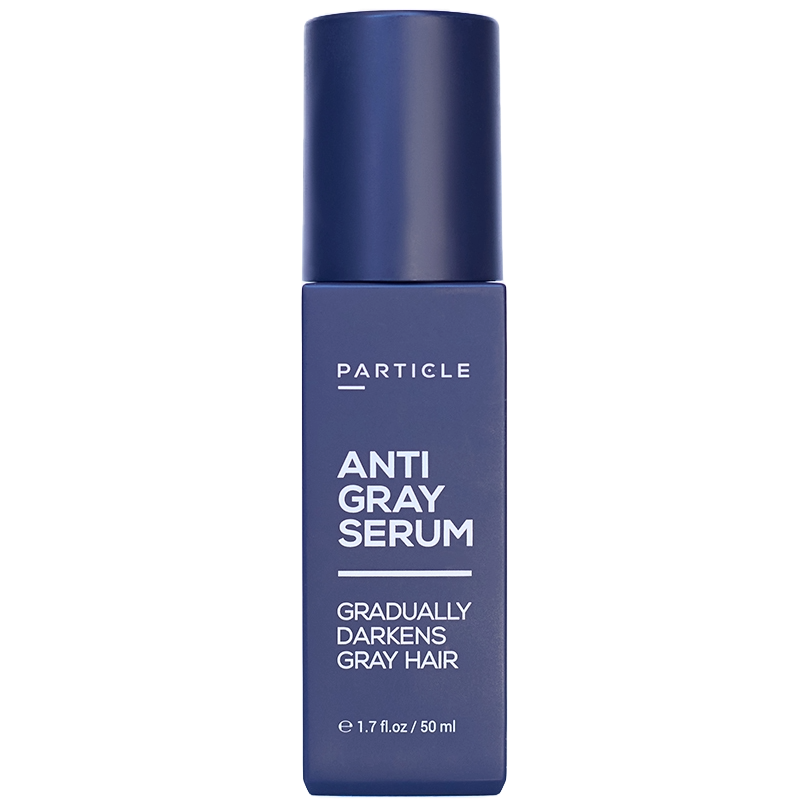

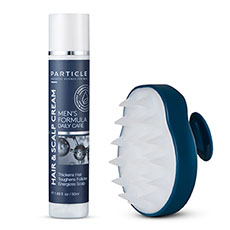




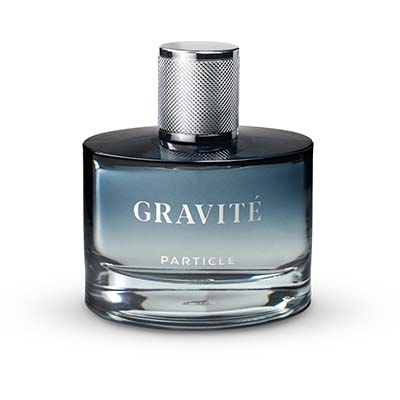

 en
en















